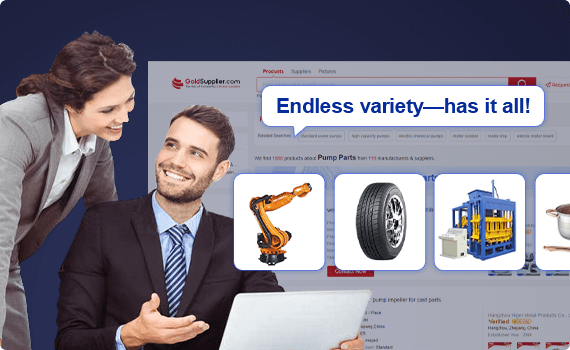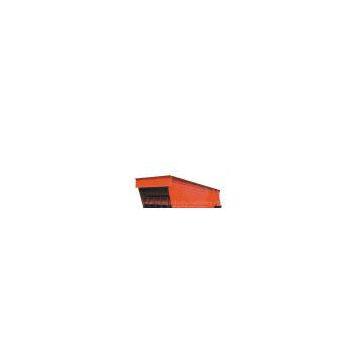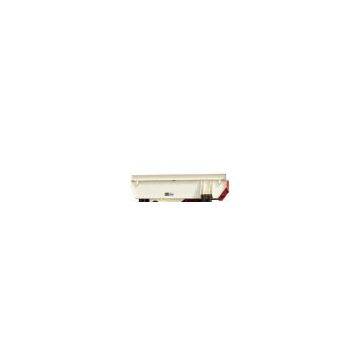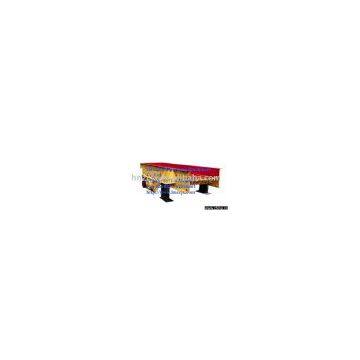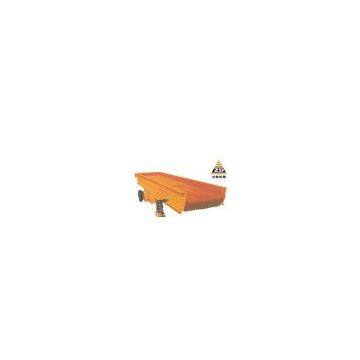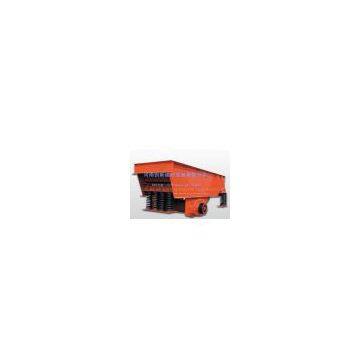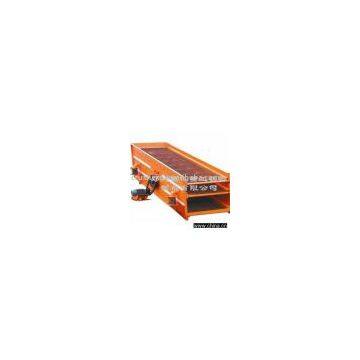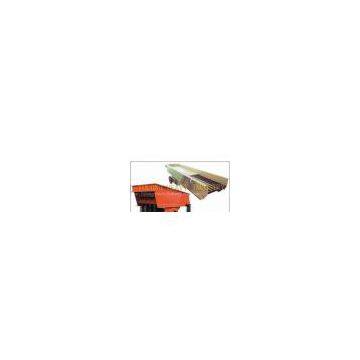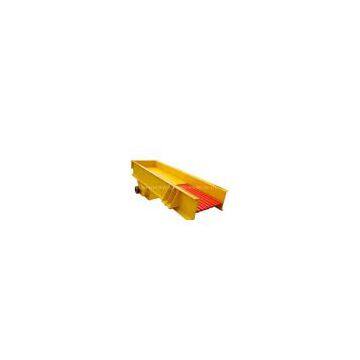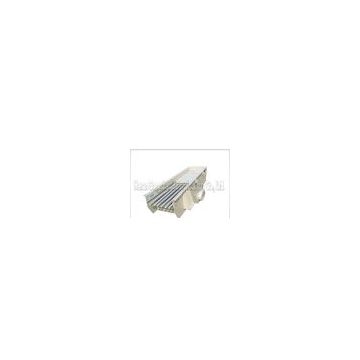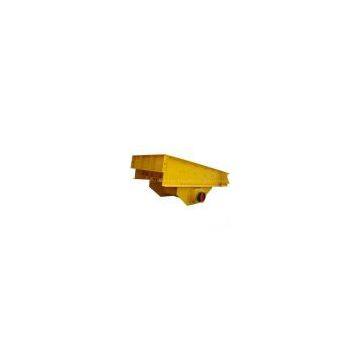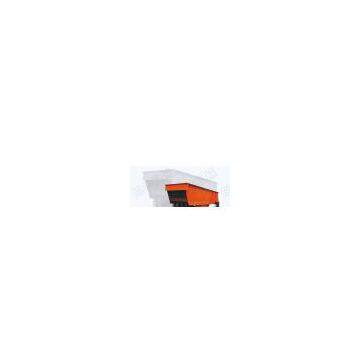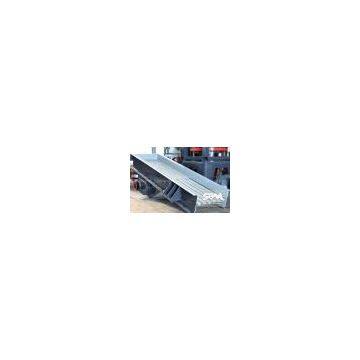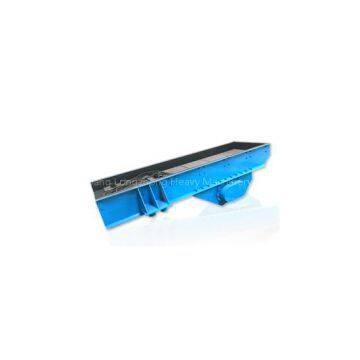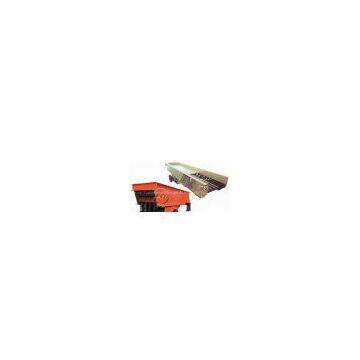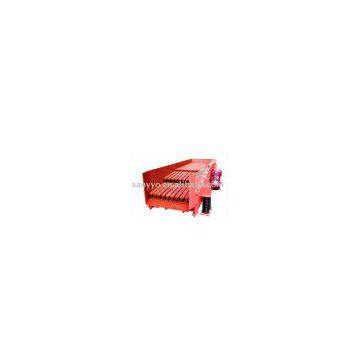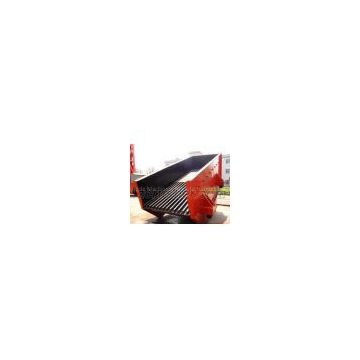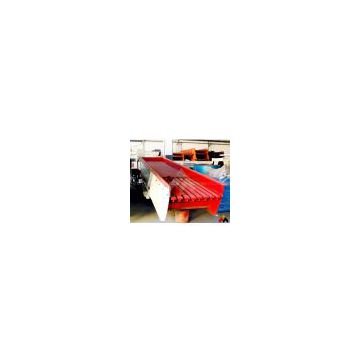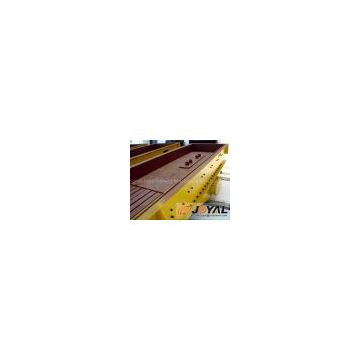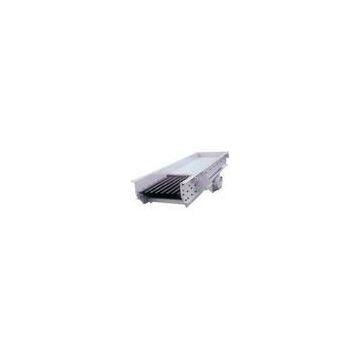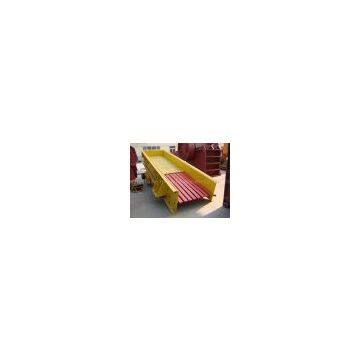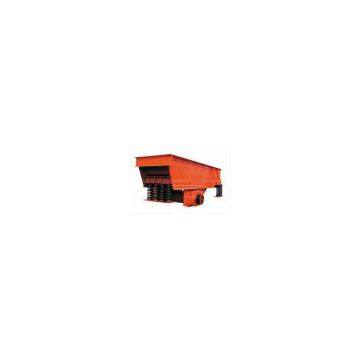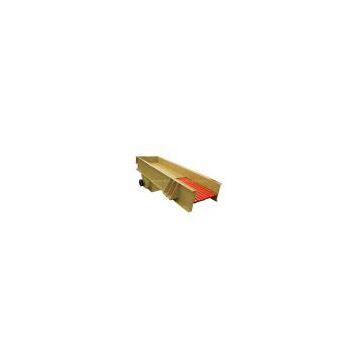Enhance Your Operations with a Vibrating Feeder Conveyor
The dependability and operational efficiency of material handling systems impact a business’s success in manufacturing, packaging, processing, and any other operation. Vibrating feeder conveyors present a unique opportunity to refine operational processes by providing precision in transporting, sorting, and managing materials. This article will look at ways a vibrating feeder conveyor can change operations for the better by improving productivity and reducing operational idling time while optimizing performance. We'll inform you of all the insights you need to make a decision, from understanding the device’s primary functions to revealing the unique benefits it presents for your business.
What is a Vibrating Feeder and How Does it Work?
A vibrating feeder is a machine used for the conveying of materials in a uniform manner. Transportation of materials along a trough or pan is provided by the use of vibrations, thus ensuring the steady flow of material to the subsequent stage of a process. An electromagnetic or mechanical drive produces the required vibrations, thus ensuring movement. This type of feeder is utilized in multiple other sectors as well, including manufacturing and mining, as well as food processing, to increase productivity while controlling the rate of feeding without manual control. The design of this feeder is simple and efficient, which provides reliability as well as ease of use.
The Role of Electromagnetic Components in Vibrating Feeders
The correct and precise operation of vibrating feeders is achieved through the use of electromagnetic components, enabling precise control of the feeding rate in adjustable in a wide variety of applications. Electromagnetic drives that create high-frequency oscillating magnetic fields are used by these components. The magnetic field drives the tray or trough of the feeder into rapid vibratory motion. Such a mechanism is advantageous in that it can vary the amplitude and frequency of the vibrations with great precision for accurate material flow.
Electromagnetic systems suffer from low energy efficiency and reliability. Recent advancements have greatly improved these issues. Many systems now include VFDs, which increase operational versatility. Performance is maintained even when operational conditions shift rapidly. Some systems also integrate smart sensors and feedback, making them more responsive and optimizing material throughput. This precision in adaptive responsiveness is what makes electromagnetic components essential for consistent and accurate feeding in everything from mining to the pharmaceutical industry.
How Vibrating Feeders Improve Bulk Material Handling
The efficiency of bulk material handling systems can be dramatically impacted by vibrating feeders. These feeders ensure controlled vibration so that there is a steady flow of material transportation taking place. The progress that is made during these operations is significantly less likely to experience interruptions or blockages. This is essential during the processes that operate at high capacities, especially when a great volume of raw materials, for example, is available.
Additionally, modern vibrating feeders are designed with energy efficiency in mind. Parameters such as the size, density, or moisture content of the material allow for adjustable amplitude and frequency settings, which improve performance. For example, certain feeders can effortlessly process heavy gravel and ores with incredible precision, but are also gentle enough to be used for lightweight powders and fragile granules.
Recent data highlights the increasing implementation of vibrating feeders in automation systems to support the ever-growing demand for automation. Such feeders are now being considered indispensable in the food processing, construction, and metallurgy industries because they are able to achieve energy-efficient results while simultaneously improving processes related to material handling. Collectively, these advancements showcase how much innovation in bulk material handling is powered by vibrating feeders.
Why Choose a Vibratory Feeder for Bulk Material Handling?
Vibratory feeders are perfect for bulk material handling because they are efficient, reliable, and flexible. They guarantee commandable control and steadfast movement of material, which eliminates waste and improves processes. These feeders are built to handle all manner of materials, from powder to large aggregates, which cut across multiple industries. In addition, they require low energy and servicing, which leads to savings in the long run. Their capability to function in a variety of surroundings, including high temperatures or dusty places, makes them even more appealing for industrial purposes.
Enhancing Efficiency with Feeder Trough Designs
Engineering value added to modern trough feeders has changed material handling completely. New designs have features such as protective flow barriers and added durability. For example, troughs with adjustable curves and slopes are gaining popularity to help enhance flow rates and reduce blockages. Some studies suggest these changes outperform traditional flat designs by as much as 25% for material throughput. Furthermore, the incorporation of abrasion-resistant linings and corrosion-resistant alloys of steel prolongs the life of feeder troughs in harsh operating conditions. These improvements benefit the mining, agriculture, and construction industries, where durability and precision are fundamental. Ongoing innovation reduces feeder trough downtimes while optimizing sustainability and operating costs.
Handling Various Bulk Material Types with Ease
Contemporary feeder troughs are expertly designed to manage a wide assortment of bulk materials, ranging from fine powders such as silica and cement to coarser materials like gravel, coal, and organic agricultural products. They are of great importance across many industries. The specific designs are manufactured to guarantee no clogging or spilling of materials, regardless of how dense, moist, or granular the materials might be.
As an illustration, vibratory feeder troughs with adjustable speeds allow conveyor operators greater control over material flow to meet discrete processing needs. Such innovations have proven especially effective in enhancing efficiency in the construction and mining industries. Furthermore, the application of new coatings designed to withstand abrasion improves durability when transporting rough materials and significantly lowers maintenance frequency.
Other innovations grounded in data highlight automation's contributions to such systems. Sensors embedded in modern troughs track material and recalibrate operations to sustain consistent workflows. This advancement greatly improves productivity while simultaneously reducing material waste and energy usage, meeting international sustainability efforts.
How to Select the Right Vibrating Feeder for Your Needs?
Selecting the best vibrating feeder for your business starts with understanding your application and materials. First, analyze the material that has to be processed, keeping in mind its size, weight, moisture content, and abrasiveness. After this, focus on the capacity needed along with the feed rate to fulfill the operational demands. Also note the configuration of the feeder, whether it will be through or tubular shaped, and if it will ease or complicate the processes. Finally, check if it will fit the budget without compromising on reliability, strength, and operational needs alongside system compatibility.
Determining the Appropriate Feed Rate and Capacity
To select the correct feeder rate and capacity, I begin by analyzing the system's needs for materials being processed, which include bulk density, flow characteristics, and particle size. Also, I evaluate the desired throughput to ensure production targets are met. The feeder must reliably deliver sufficient volume without bottlenecks. I also consider all weather or environmental aspects, such as humidity or temperature, which may affect material flow. By aligning these requirements with the equipment's technical specifications, I can select a piece of equipment that achieves optimal operational efficiency while ensuring stable processes.
Considerations for Heavy-Duty Applications
Achieving optimal performance and reliability in heavy-duty applications requires addressing several very important issues. The first and foremost is material toughness, since the equipment needs to withstand abrasive and dense materials. The use of wear-resistant parts like hardened steel or plated with special coatings can prevent premature wear and tear.
Another important consideration is scaling to capacity. Heavy-duty operations require oversized equipment to handle large volumes. The ability of the feeder to maintain uninterrupted throughput is critical to avoiding downtime during peak production scenarios. Statistically, vibration resistance and structural stability are also very important because heavy equipment has to endure great operational stresses. Incorporating reinforced frame designs and shock-absorbing mounts will prolong operating life while maintaining operational precision.
Today, the energy efficiency of continuously operating equipment is very critical. State-of-the-art drive equipment and variable frequency drives (VFD) improve energy efficiency by tuning performance to the equipment’s load. Other than this, control of emitted noise, like with acoustic dampeners, serves to improve the safety and comfort of harsh work environments.
The use of Smart Technologies has IoT capabilities and predictive maintenance, which track the operation in real time for applications in heavy equipment and machinery. Automated wear and tear sensors as well as self-fault detection systems add IoT monitoring features and help banks or businesses mitigate risks by fixing problems before they cause problems. Taking this into account makes it possible for industries to provide equipment that is tough enough for heavy-duty applications while ensuring high efficiency and dependable service.
Frequently Asked Questions (FAQs)
What is a vibrating feeder conveyor?
A vibrating feeder conveyor is a special-purpose vibrating machine meant for transporting bulk material from one place to another. It requires the use of vibration to transport materials along a feeder trough without any blockages. These systems are used in almost every industry, like Food Processing, Mining, and even aggregate manufacturing.
How does a vibratory feeder work?
Vibratory feeders make use of vibrations set off by either electric motors or electromagnets. The drive system produces longitudinal vibration, which moves the material along the trough. The amplitude and frequency of this vibrational motion can be changed for effective feeding as per requirement in case of bulk material.
What are the benefits of using vibrating feeder conveyors?
Vibrating feeder conveyors are cost-effective because the equipment as a whole works under lower operating expenses. They can operate under difficult environmental conditions with ease and can control the flow of both light and dense materials. It can also lift materials that are coarse and angular, along with providing efficient usability and economical stability.
What industries utilize vibratory feeders and conveyors?
Used in agriculture, food processing, mining, aggregate production, and more, vibratory feeders and conveyors are a must-have in any industry that has bulk material feeding needs.

